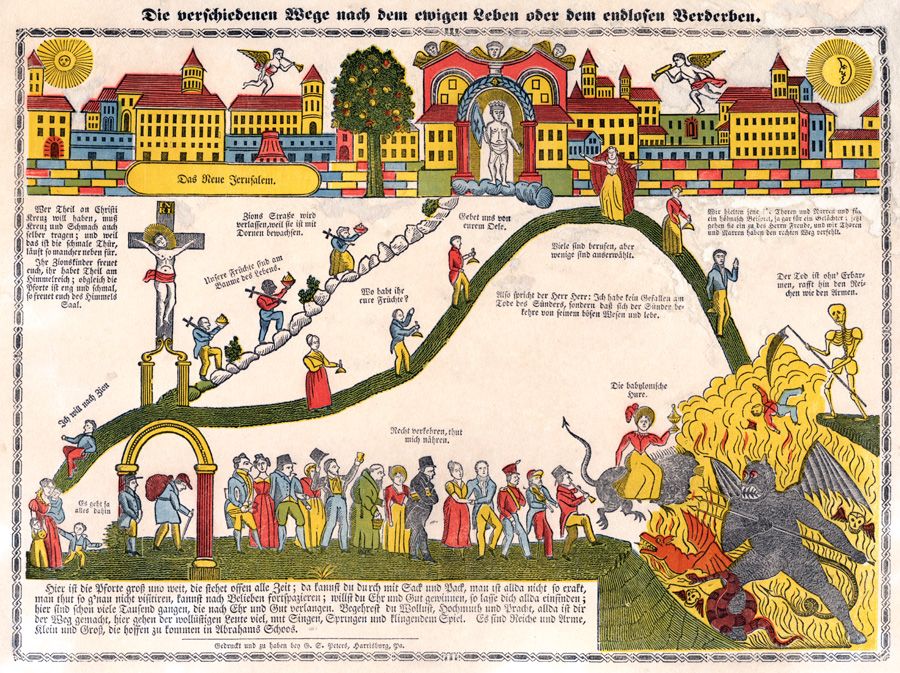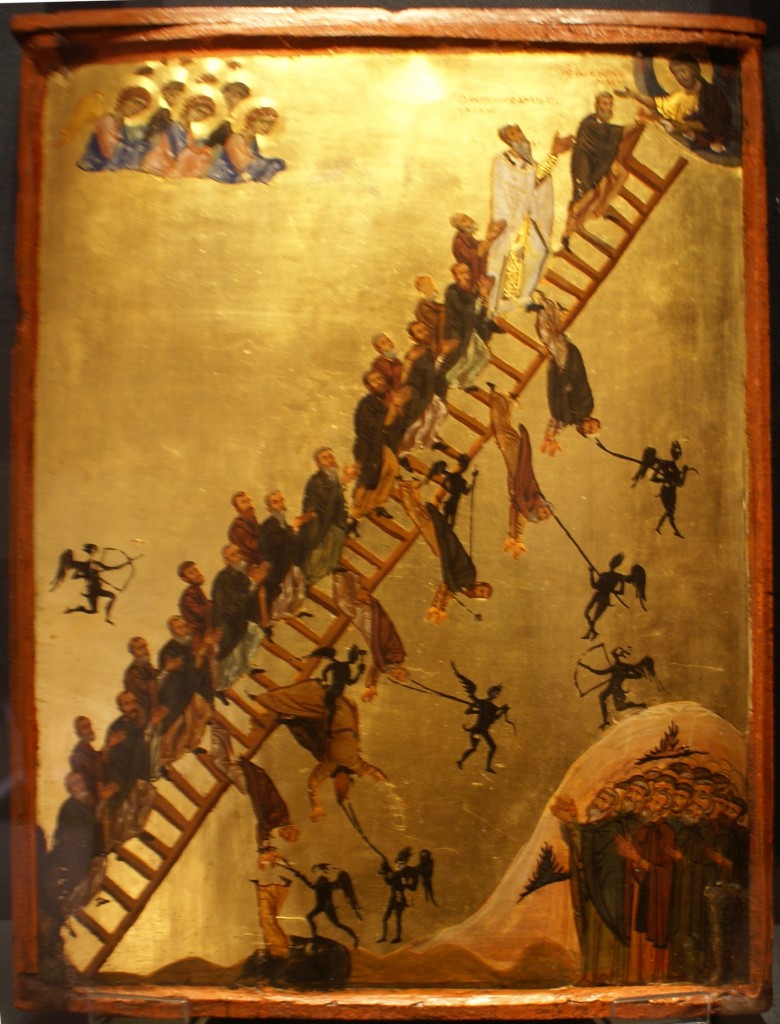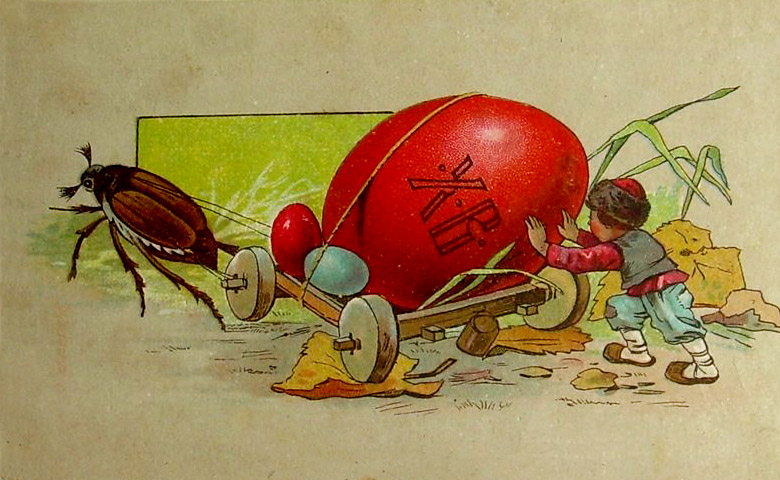“Do not fear; only believe, and she shall be well.” Luke 8:50b
“Daughter, your faith has made you well; go in peace.” Luke 8:48
And Jesus asked his father, “How long has he had this?” And he said, “From childhood. And it has often cast him into the fire and into the water, to destroy him; but if you can do anything, have pity on us and help us.” And Jesus said to him, “If you can! All things are possible to him who believes.” Immediately the father of the child cried out and said, “I believe; help my unbelief!” Mark 9:21-24

If morning doesn’t hit me full force before my first cup of coffee, I like to take a look at readings in the Daily Office. I pull it up on my phone and try to take in a little nourishment before the energy flow reverses and I get swept up in all my doing for the day.
Today’s reading was Luke 8:40-56 — the story of Jairus’ daughter and the woman who touched the fringe of Jesus’ garment and was healed. In both of these events, there is a miracle that Jesus says is related to faith–to believing.
Now, the notion that miracles are tied to our faith has occasioned a lot of thought and no small amount of confusion over the years. I can’t say as I understand it any better than anyone else, but a few things struck me this morning.
The first is that I don’t think we can compel God to do anything. I don’t believe there is a magic equation where if we have enough faith, then God will do what we ask or demand. We keep trying out that hypothesis, and it just doesn’t seem to be true. What’s more reasonable, to my mind, is that if God is omnipotent, He will do what he wants. Whatever that statement means (and I know it’s a big issue. We can talk it about later!). My point is no matter how strong our faith, we shouldn’t imagine that belief makes us powerful in any way that diminishes God’s agency. Jesus feels the power go out of him, asks “Who touched me?” and then reassures a fearful woman, “Daughter, your faith has made you well; go in peace.” She hasn’t somehow stolen her healing; it wasn’t something she could take by force, but she was called to give witness to the miracle.
The second thought I had, is that, truth to tell, we can’t even compel faith. If you’ve ever tried to push aside all your questions and uncertainties about God and salvation, you know that that way leads to the Land of Denial–an unhealthy place, but one where you’ll have a lot of company. Besides, how could you say with certainty that your faith was increasing? Is the presence of faith measured only by the absence of doubts? Are feelings a reliable measure?
Then I was reminded of another story of a parent bringing a child to Jesus–the boy with the convulsive spirit in Mark 9:14-29. The disciples are unable to heal the child, and when the father says, “If you can…have pity” Jesus responds, “If I can! All things are possible to him who believes.” Which leads the father to respond, “I believe; help my unbelief!” — completely, wonderfully, articulating the way our faith is a small weak thing, often mixed with doubt, and ultimately a gift, an instance of grace. Like love, it can be nurtured or starved, it can grow or wither, but it doesn’t seem to be something we can create.
After Jesus casts out the spirit, the disciples ask him privately why they were unable to heal the boy–which says to me that faith was not the issue for them. They believed and they knew they believed, so Jesus’ words to the father didn’t answer their question. Jesus’ response, “This kind cannot be driven out by anything but prayer” is something I’m going to have to ponder for a while. But you know, it’s good to have something to think about.

Tallit
photo via TheBibleBean.com








